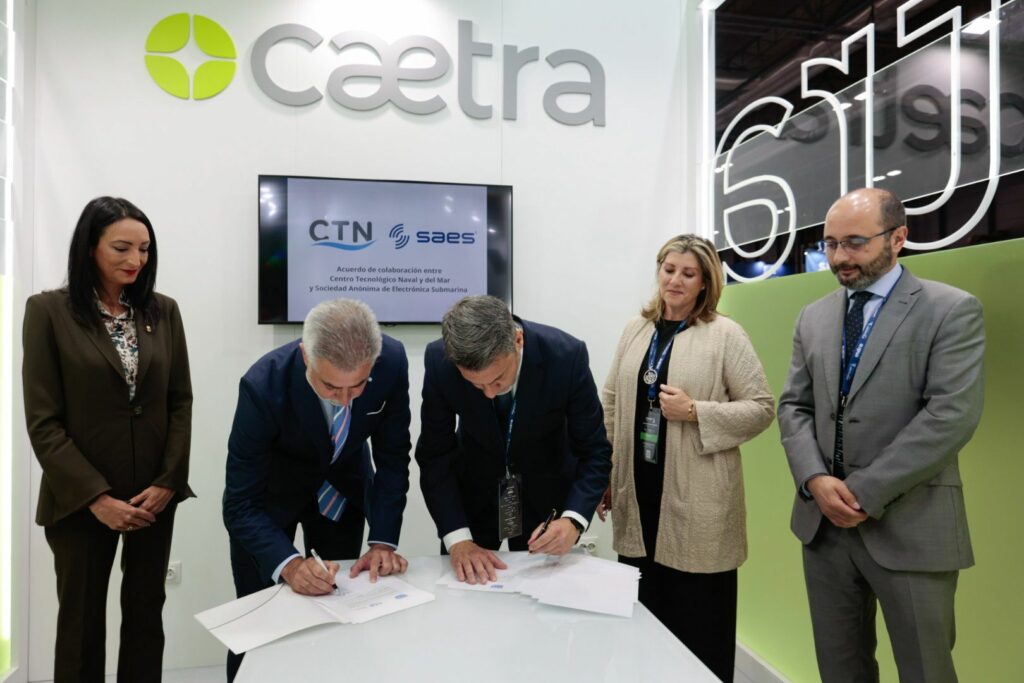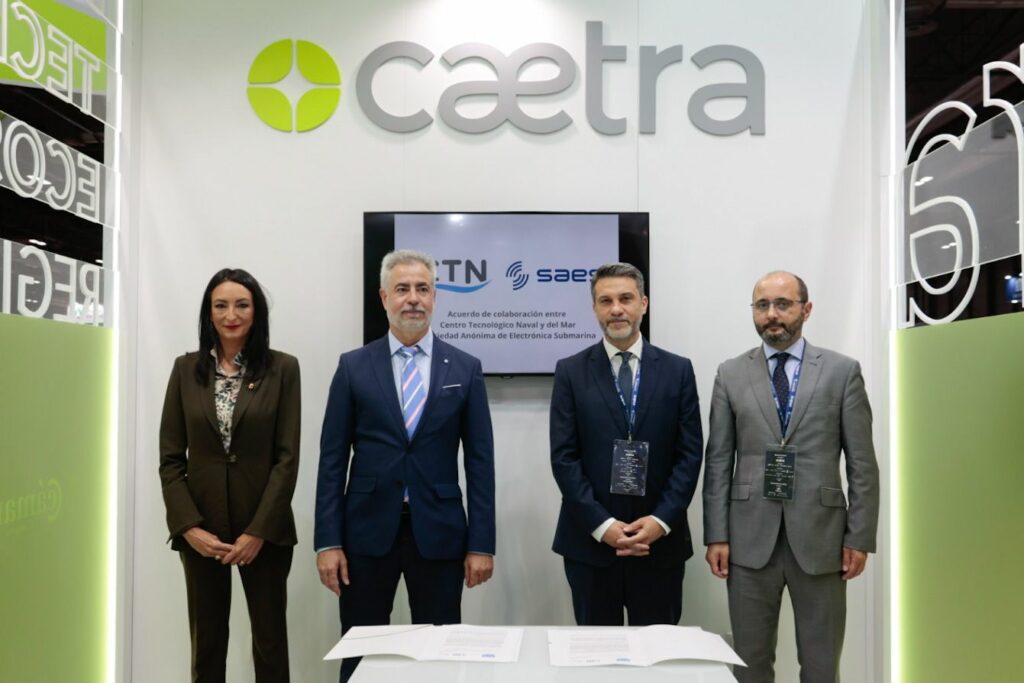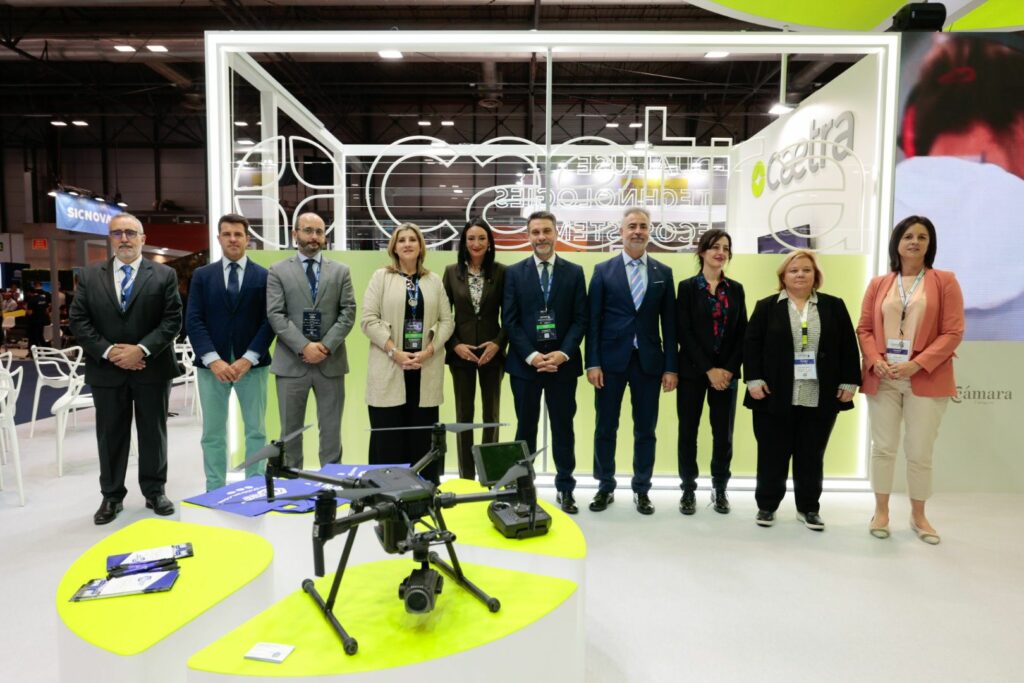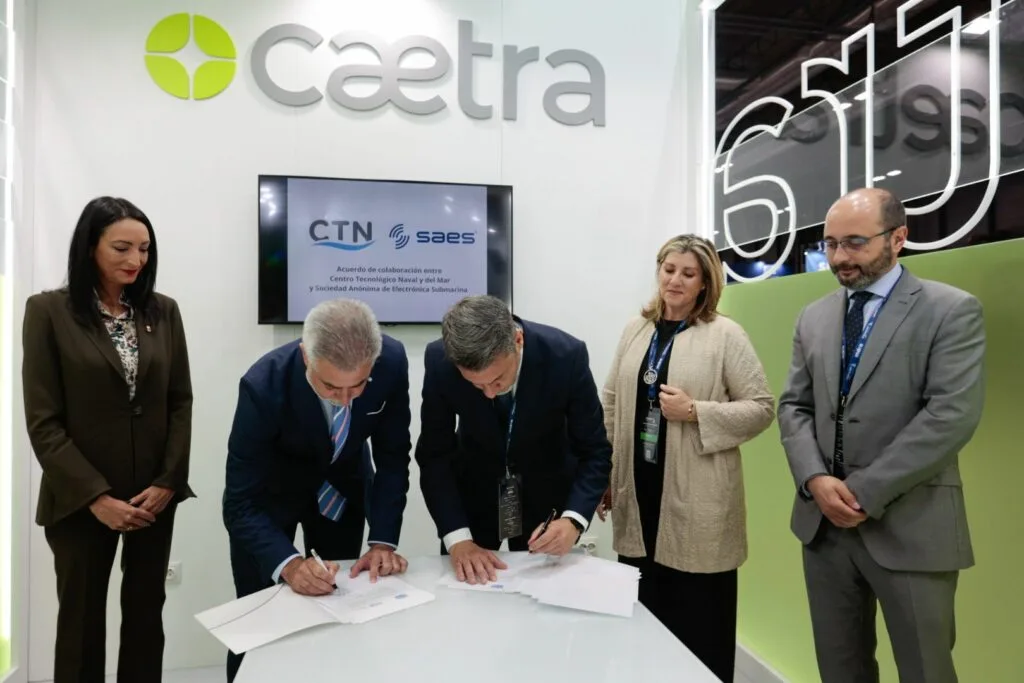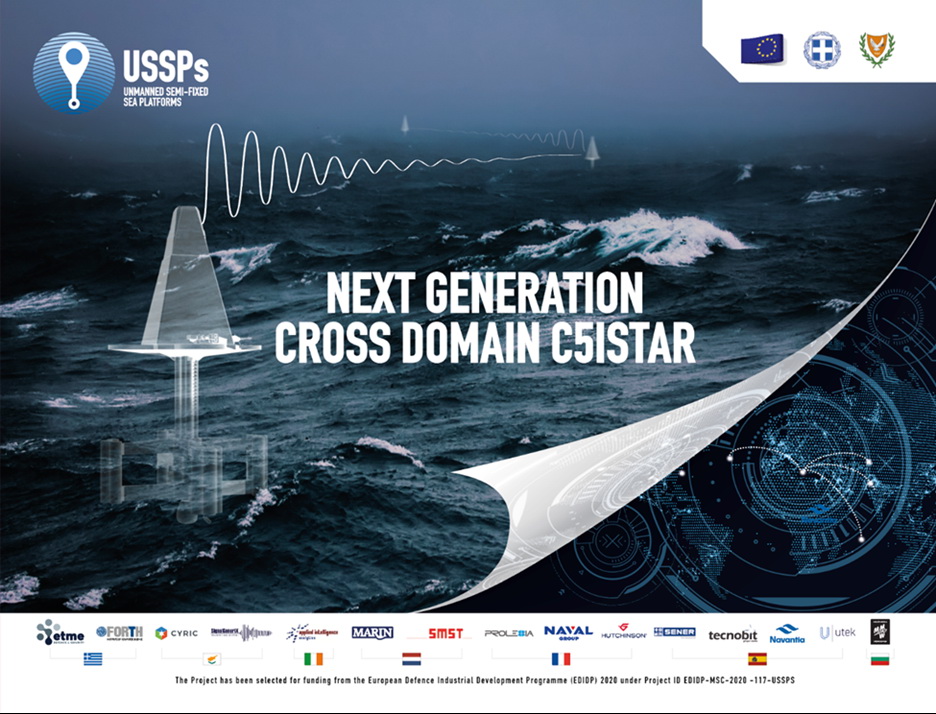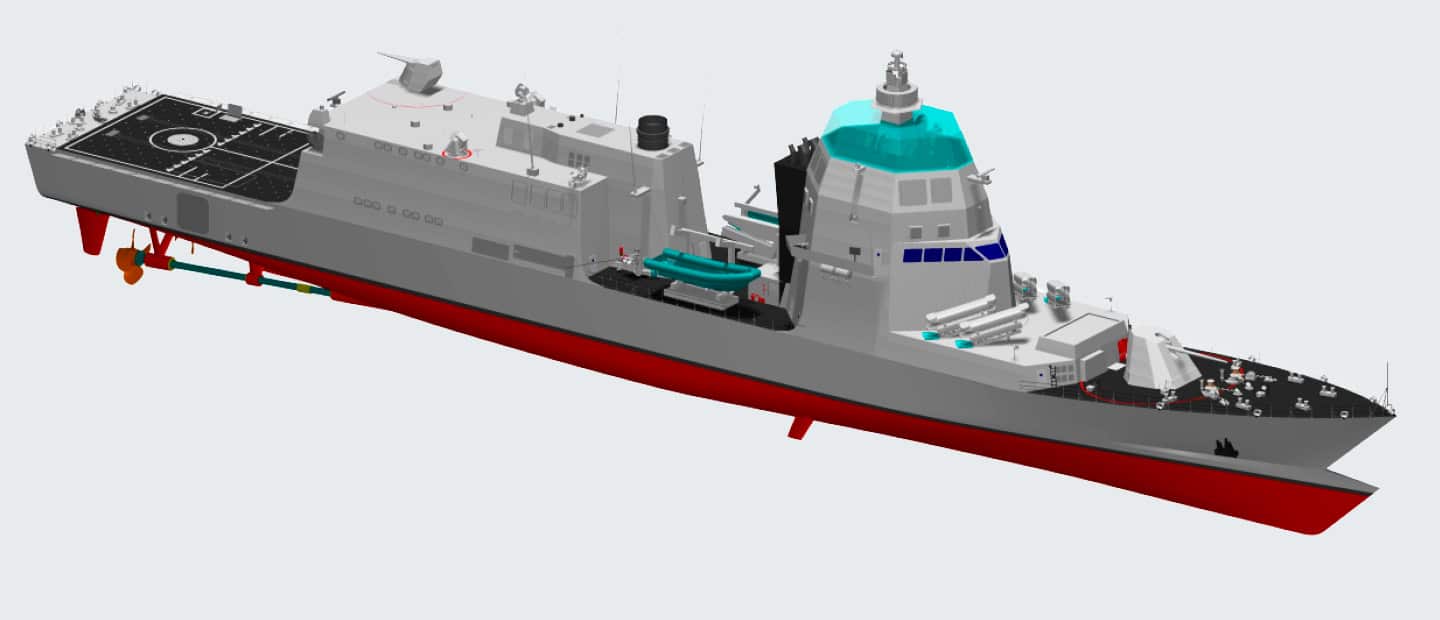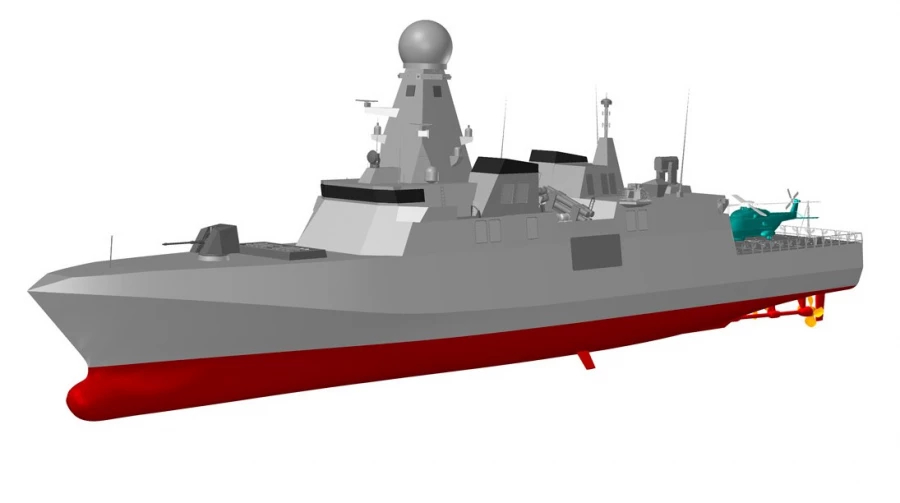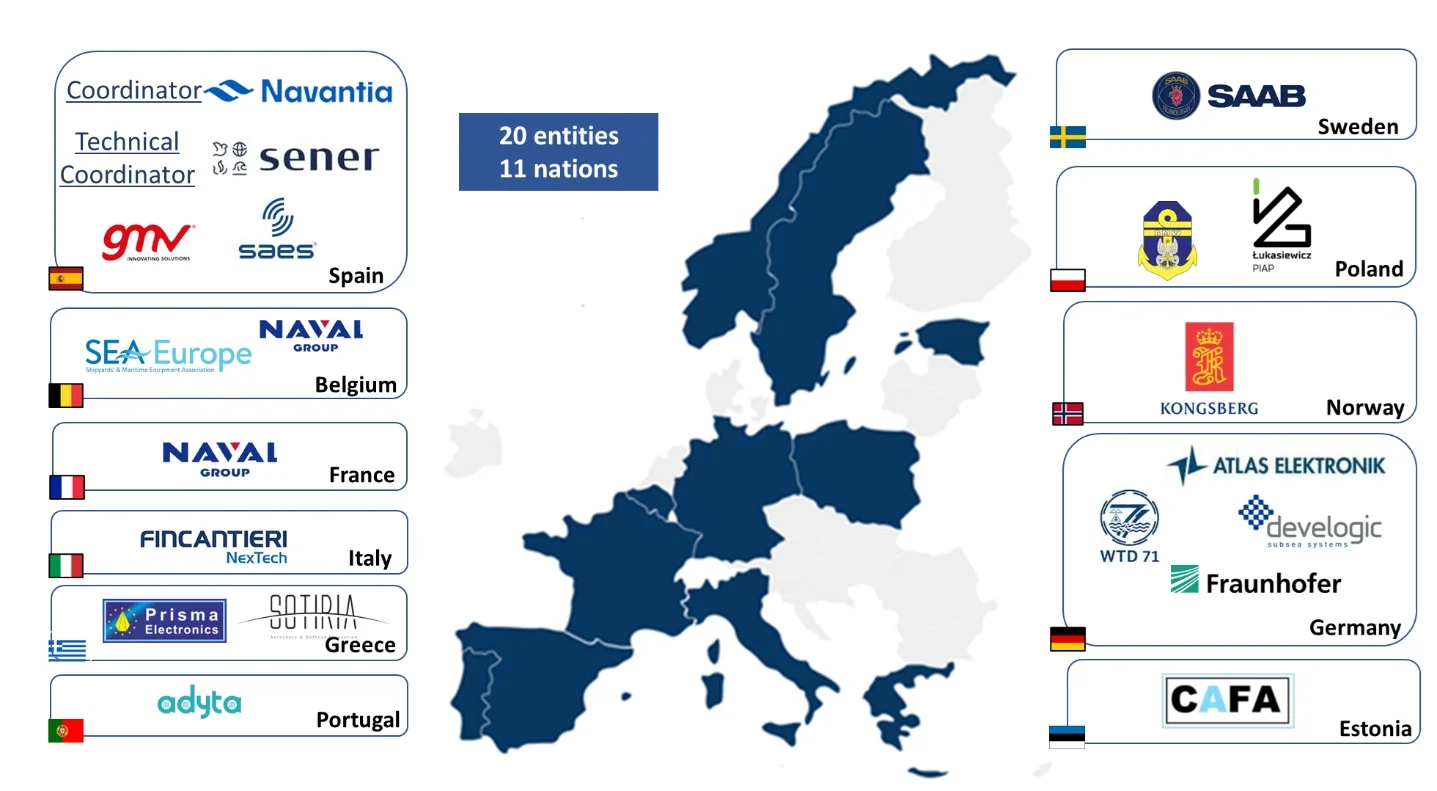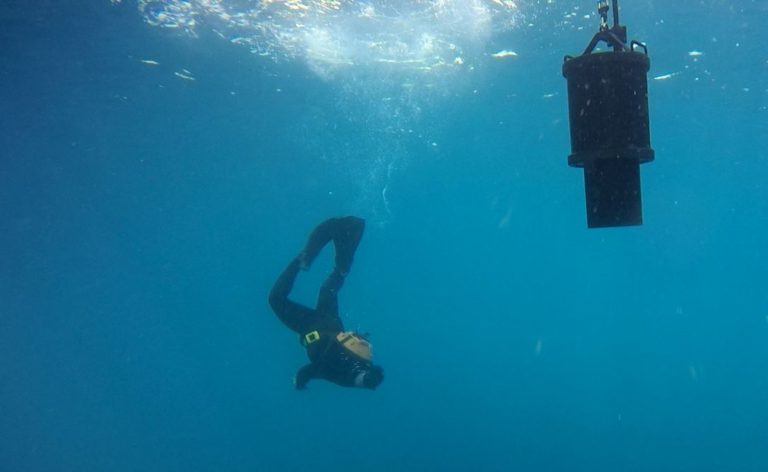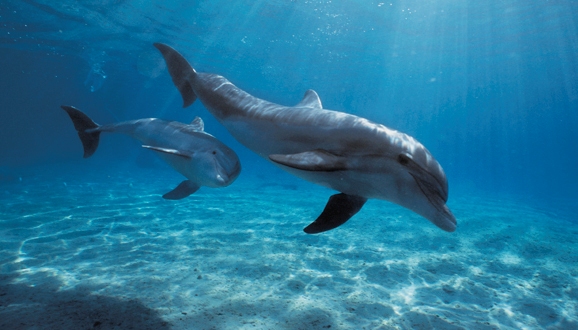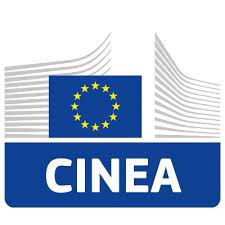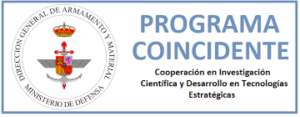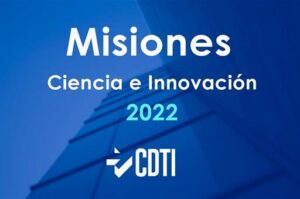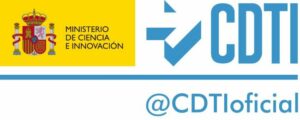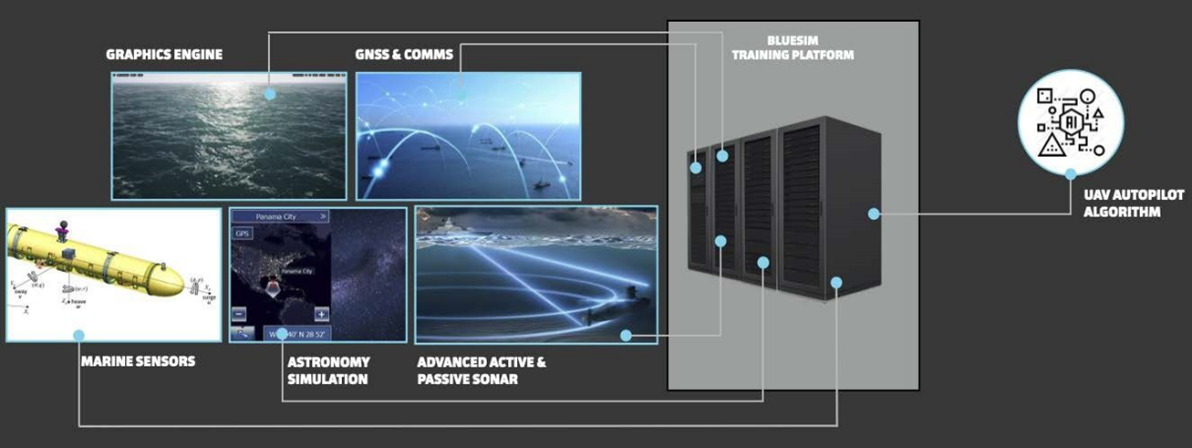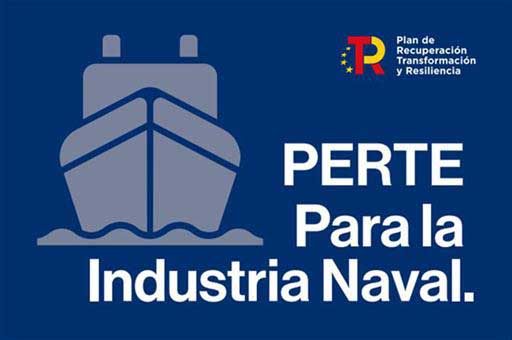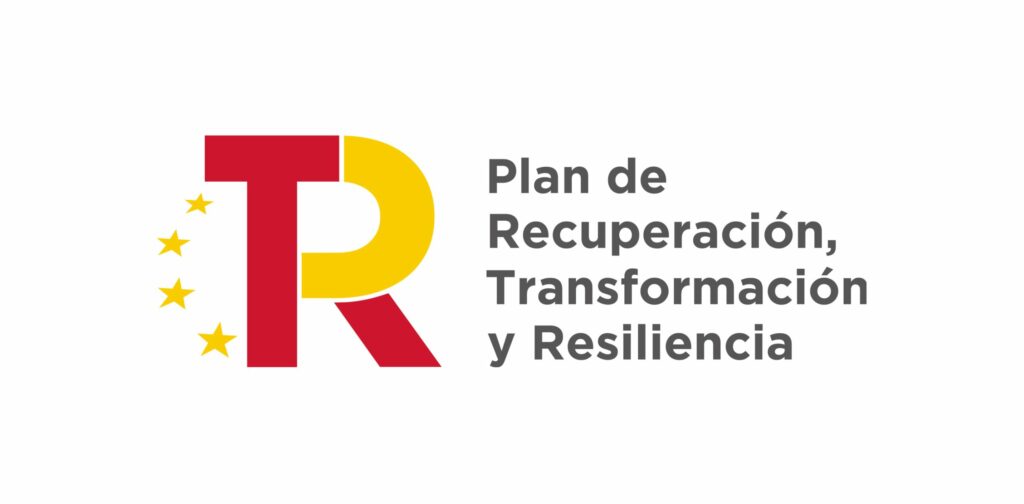The International Defence and Security Exhibition, FEINDEF, has been the setting this morning for the signing of an agreement between SAES and the Naval and Maritime Technology Centre (CTN), in which both entities will work together to raise awareness among civil society about the problems of underwater noise pollution, develop technologies that enable sustainable digital transformation in the naval sector, and address challenges in the maritime industry to drive innovation while protecting seas and oceans.
The signing of this agreement, attended by the President of SAES, Joaquín López Pagán, the President of CTN, Mariano Jiménez, and the Director of the Murcian Technology Centre, Noelia Ortega, aims to have technologists from both sides create a new joint paradigm by applying their knowledge and experience to projects focused on the care of the marine environment, becoming a benchmark for environmental stewardship within the national business community.
During the signing, which took place at the booth of the Institute for the Promotion of the Region of Murcia (INFO) at FEINDEF, the Regional Minister for Business, Social Economy and Self-Employment of the Region of Murcia, Valle Miguélez Santiago, and the Director of INFO, Joaquín Gómez, were also present, expressing their support for this alliance that confirms the competitiveness of Murcia region companies and their good health in R&D&I development. Miguélez highlighted “the potential that exists in the Region of Murcia to participate in defence and security projects, combining the experience of already established companies in these types of projects with the fresh knowledge and technology provided by startups, innovative SMEs and technology centres.”
In this agreement, SAES will contribute its technological capabilities, knowledge and talent to deepen its sustainability strategy, with one of its objectives being to protect the marine environment and cooperate, through technological reflection, in a product development vision that helps reduce acoustic and electromagnetic pollution in seas and oceans. López also believes that this alliance significantly contributes to achieving results that will build a more habitable world and, above all,
solve the existing problems in the sea, as “SAES, which has already participated in research projects and acoustic impact studies, demonstrates today that it is taking a further step in its commitment to the conservation of oceans and long-term sustainability by addressing the issue of this invisible but audible pollution,” he emphasises.
According to the President of the company specialising in underwater acoustics and electronics, the essence of SAES lies in innovation, development and protection, and this commitment extends the public company’s vision to incorporate environmental protection value into its business activities. In the words of Joaquín López, the collaboration “could not be otherwise than with the Naval and Maritime Technology Centre, a reference in the field of marine environment sustainability, and we must congratulate them for the work they do, as well as their president, Mariano Jiménez, and their director, Noelia Ortega.”
On her part, the director of CTN pointed out that the alliance demonstrates the technology centre’s commitment, on one hand, to sustainability and, on the other hand, to the productive sectors of the region and the state. “We have been conducting research related to sustainability and the potential impact of underwater noise for years; however, we see that in order to address this challenge more broadly and, in some way, transfer the results of this research and turn them into real benefits for society, we need to work hand in hand with the industry.” Ortega stressed that SAES’ nearly 35 years of experience as the leading exponent in underwater acoustics and electronics in the defence industry is key to demonstrating the true commitment and intention to provide society with the transfer of knowledge on underwater noise in the civil sphere.
Mariano Jiménez, during the signing of this agreement, recalled that “the CTN, created in its origins as a meeting point between the different actors of the maritime and naval industrial ecosystem, aims to promote the exchange of information between professionals from the administration, public and private organisations, companies and academia, in order to identify their needs and also the opportunities in the sector.” He also emphasised that these sector needs derive from the major challenges facing the defence and security sector in Spain and even Europe, which are: being competitive in a global environment, adapting and taking advantage of the opportunities of digital transformation, and ensuring the sustainability of our seas and oceans.
